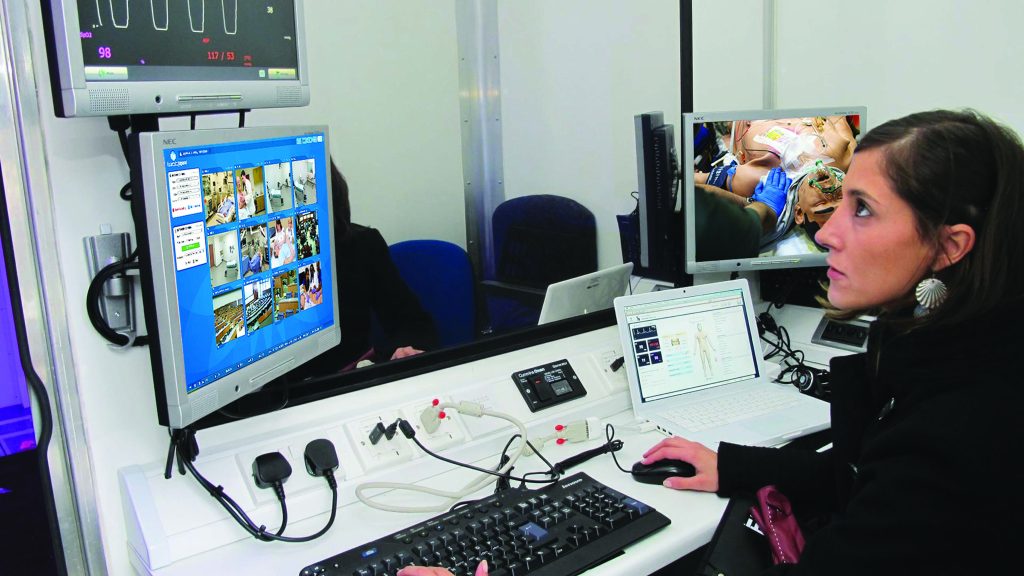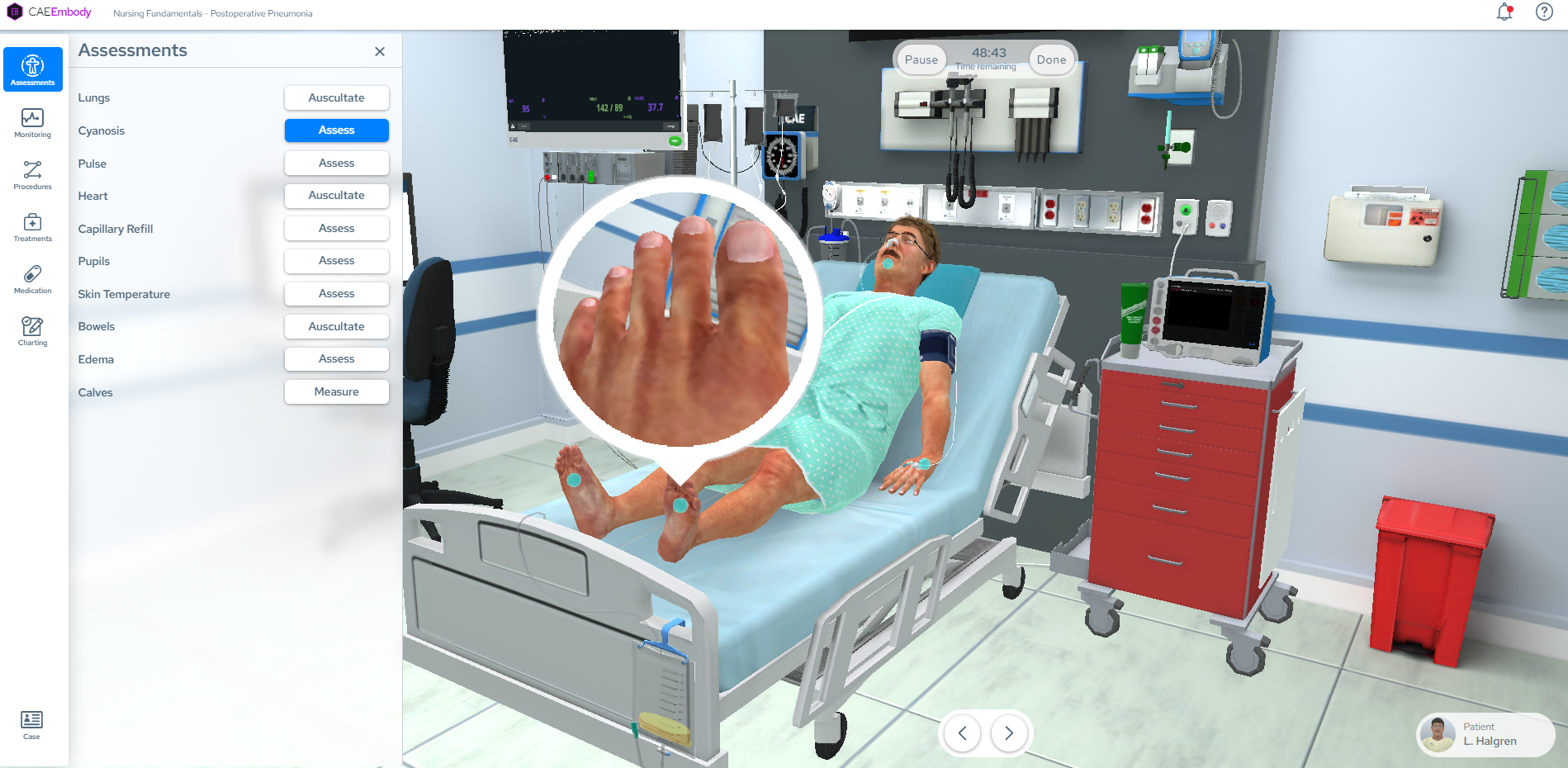Stefan Mönk explores the challenges in healthcare simulation, including cost and outcome measurement. He suggests a digitally enhanced, data-driven approach with flexible learning, diverse simulation methods, and extensive data utilization to improve education and patient outcomes while reducing resource demands. Read the article to learn more
Advertorial
Picture this: You’re in a world where simulation doesn’t feel like a burden. You crave more opportunities for hands-on learning, better feedback, and a deeper understanding of real-world scenarios. But here’s the catch – you also want it to be cost-effective. Welcome to the world of healthcare simulation, where the mission is to make learning more efficient and effective.
Efficacy, in simple terms, measures how much it costs to achieve a goal. In the realm of healthcare simulation, we’ve often fallen short on the efficiency scale. Why? It’s primarily because traditional simulation requires a multitude of resources. Think of it as setting up a play: a stage, actors (or learners), props, and directors (facilitators). These resources translate into space, people, time, and equipment, which ultimately means money – both upfront costs and ongoing expenses. In healthcare, where resources are already stretched thin, this poses a significant challenge.
Now, let’s talk about outcomes. In healthcare, outcomes matter – a lot. Measuring the effectiveness of simulation, however, has its unique challenges. The Kirkpatrick model, a widely accepted framework for evaluating learning, outlines four levels: Reaction, Learning, Behavior, and Results. While it’s easy to gauge participants’ reactions (did they enjoy their time with the simulator?), proving higher levels of effectiveness can be tricky. Achieving tangible results in healthcare, such as improved patient safety, involves multiple factors, making it tough to attribute solely to simulation. Traditional setups also struggle with data collection, storage, access, and analysis, which hinders our ability to measure outcomes effectively.
So, what’s the solution? I propose a different approach – one that’s digitally enhanced, data-driven, flexible, and outcome-focused. Imagine simulation as part of a holistic learning journey, where it comes into play once learners have the necessary knowledge. Picture simulation not limited to full-scale manikins but offered in various forms tailored to different training needs. Envision a world where physical location and office hours don’t constrain your access to simulation, and feedback is available when you need it. Think of assessments based on objective performance criteria, not rigid schedules. Imagine the impact this could have on healthcare delivery – it’s revolutionary.
But all these improvements rely on data – lots of it. Data is a vast reservoir, where scientists (educators) can fish for insights. It can help identify training needs that go beyond static curricula, based on the performance of large groups during their training. These discoveries can shape the future of education. If gaps are identified and closed, training can adapt, and scenarios can evolve. The curriculum becomes a flexible response to real-world education needs. Next, we can venture into clinical outcome data, but that journey requires us to embrace some discomfort – change isn’t easy, but it’s needed for safety, and to improve patient outcomes.

Simulation, whether on an individual or systemic level, demands a considerable number of resources. To ease the burden, we need a hybrid, modular, and digital approach. Instead of seeing simulator hardware as the only product, consider it a platform for software innovation. A smaller physical footprint combined with extensive data utilization is the prescription for relief. Do you want more experiential learning, quicker competency development, and a healthcare system that truly heals? A digitally enhanced simulation system that supports learner journeys is the answer (e.g. from CAE Healthcare) – a system that transforms healthcare simulation from a resource-intensive endeavor to a powerful tool for effective learning.
READ ALSO































